#REDinstead for Autism
April is autism awareness month and there are many misconceptions about autism that need to be addressed.
April 16, 2021
The month of April has been observed as National Autism Awareness Month since 2007. Traditionally, many wear the color blue on April 2nd to show their support for those with autism. However, while many do this to feel good about supporting a cause, they don’t realize what meaning it actually carries. Let me explain.
“Light it Up Blue” was established by Autism Speaks, an organization whose goal is to end autism rather than to help families with autism. According to autisticadvocacy.org, only 1% of the organization’s budget goes to family services while the remaining 99% is put towards research, awareness and lobbying, fundraising, etc. As 27% of their budget goes towards research, it is clear that their goal is to find a cure or end autism instead of accepting people with autism and funding improvements in therapy.
Bringing about awareness is a very minor step in advocating for the autistic community. Instead, an organization that truly supports the autistic community should focus more on acceptance and emphasis on helping families rather than marketing or looking for a cure.
When advocating for autism, a major issue that arises is that non-autistic people advocate for those with autism without consulting them. This is clearly seen in Autism Speaks in which the Board of Directors, composed of 28 members, only has one autistic person. According to autisticadvocary.org, “23 out of 28 board members represent major corporations, including current and former CEOs and senior executives of PayPal, Goldman Sachs, White Castle, […].” Again, the organization places more emphasis on marketing and fundraising than the opinions and concerns of the autistic community.
Autism Speaks also uses a blue puzzle piece as a symbol for autism. Many autistic people reject the symbol as, according to intheloopaboutneurodiversity.wordpress.com, “it is infantilizing, it promotes the mentality that autistic people are incomplete or are missing puzzle pieces.” Amber Han (11) adds that “Autism shouldn’t be characterized as something that needs to be fixed or cured.” The puzzle piece is just one example of the stigma and misconceptions about autism.
In opposition to Autism Speaks’ “Light it Up Blue” campaign, there has been a push for the #REDinstead agenda that celebrates autistic people and autism acceptance rather than the Autism Speaks organization that emphasizes autism awareness. Showing acceptance instead of awareness by wearing red is a great way to show support for the autistic community. However, there are many other ways to help. Instead of supporting Autism Speaks, donate to organizations that focus on helping those with autism: Autistic Self Advocacy Network (ASAN), Autistic Women & Nonbinary Network (AWN), and Self Advocates Becoming Empowered (SABE).




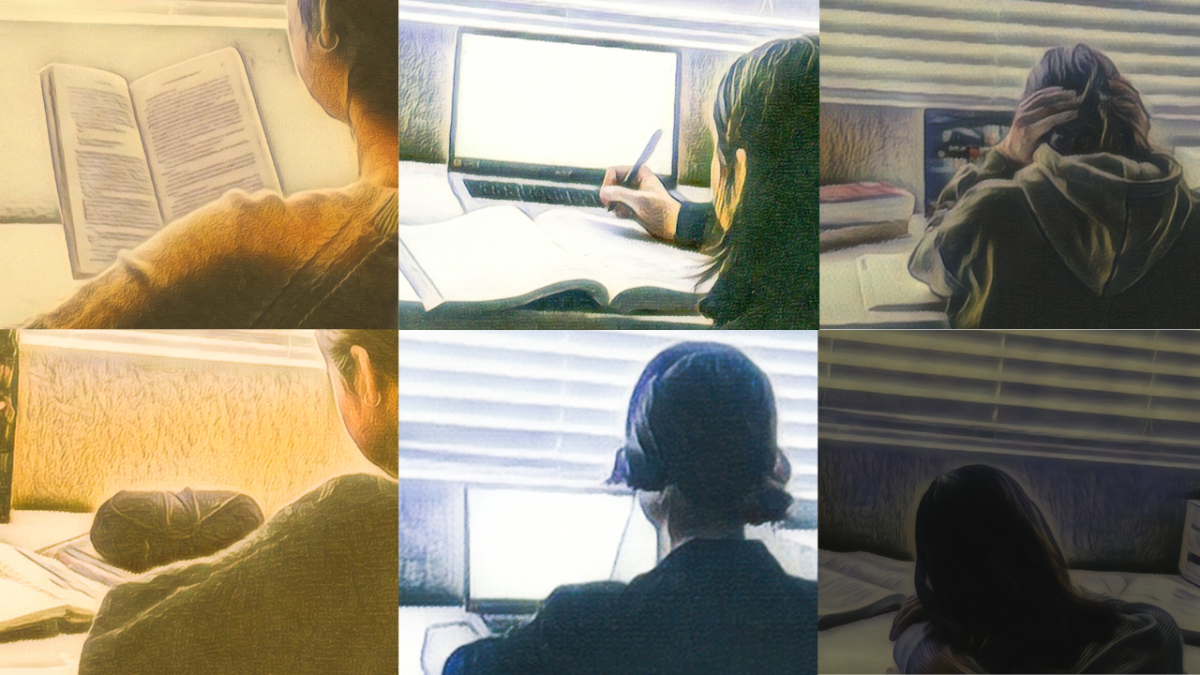











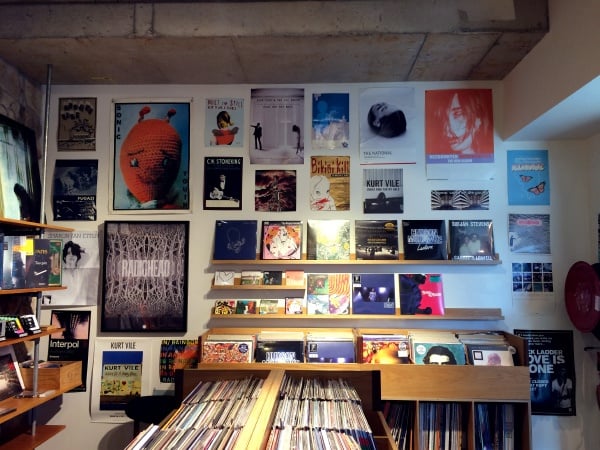
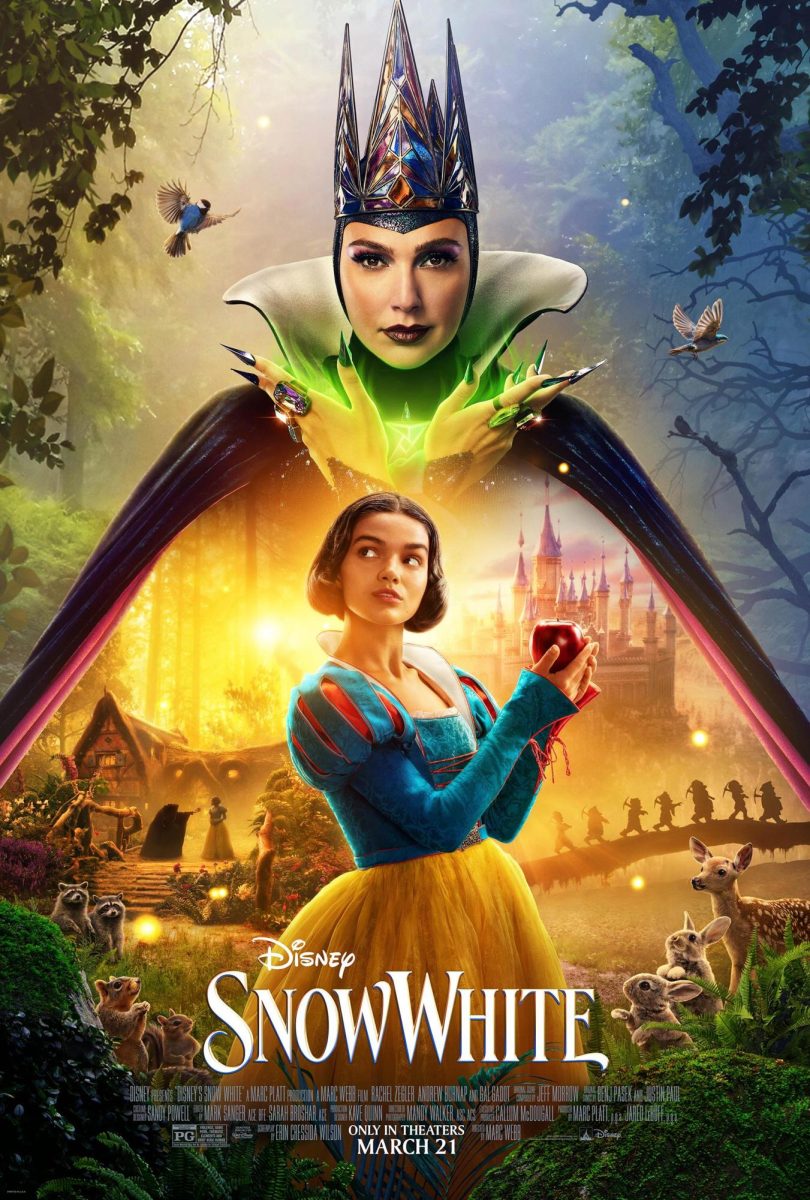
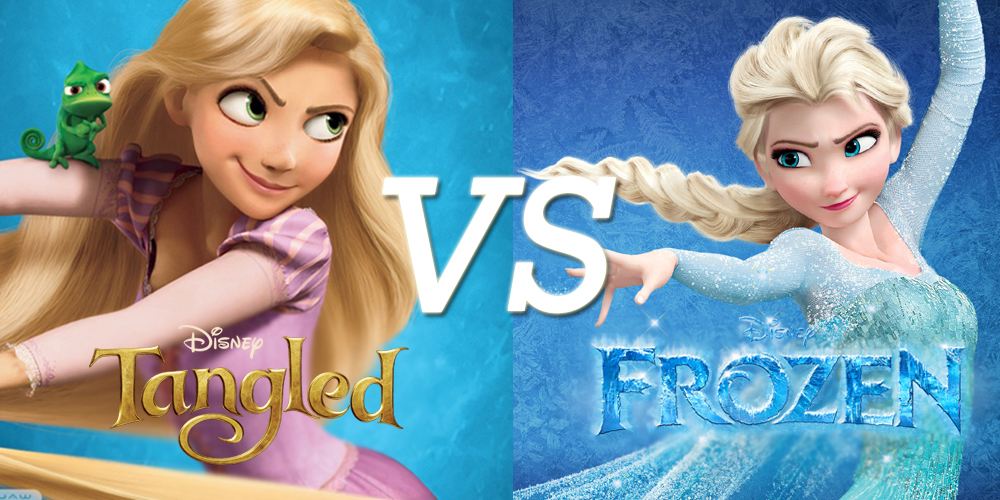






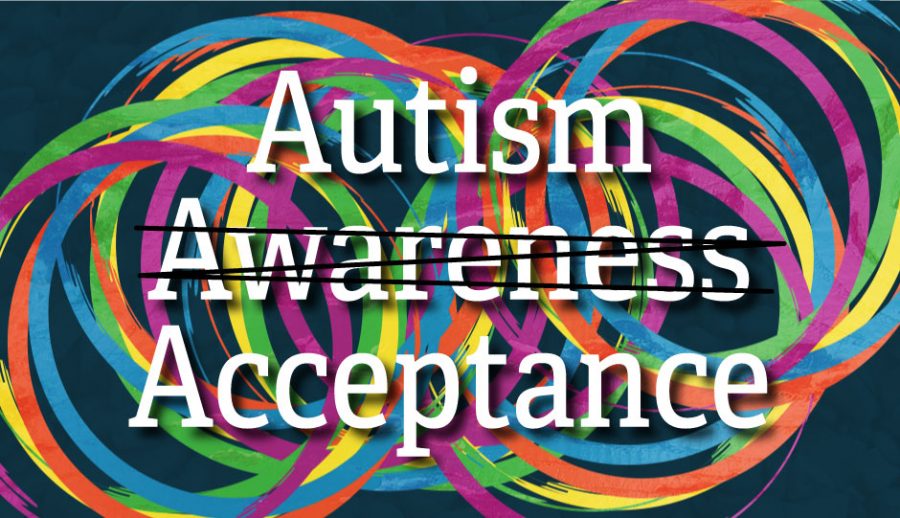
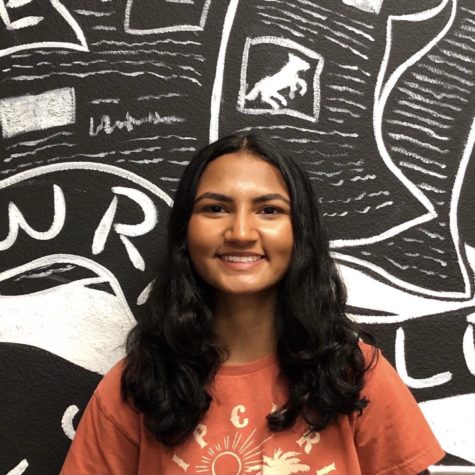










Nikole Galea • May 24, 2021 at 11:52 AM
This was a great article Suhani, I believe this brought more awareness to this important concept. This most certainly can help people be more conscious of themselves.
Emma Perron • May 23, 2021 at 9:30 PM
I love this article so much. I have a family friend who has autism and I love the idea of this article to help people understand. Great job writing this article.
Kayden Mandley • May 17, 2021 at 2:20 PM
This is such an amazing and informational article! Great job Suhani.
Fiona Salisbury • May 14, 2021 at 9:34 PM
Thank you for bringing attention to this issue. You did a great job highlighting the importance of accepting people with autism, and I like how you included other organizations that people can support.
Karina Shah • May 3, 2021 at 9:23 PM
I really love this demonstration of acceptance and distigmatization of this topic. It is super important to educate about better organizations for people.
Sharon Sun • May 2, 2021 at 5:59 AM
I agree so much with Amber’s statement — my cousin has autism, but that’s never stopped him from being a great person and our family loves him all the same. Great article Suhani!
danielle huizar • Apr 17, 2021 at 8:43 PM
This was a great article showcasing the negatives of Autism Speaks. I loved how you included better organizations to support for autistic people.